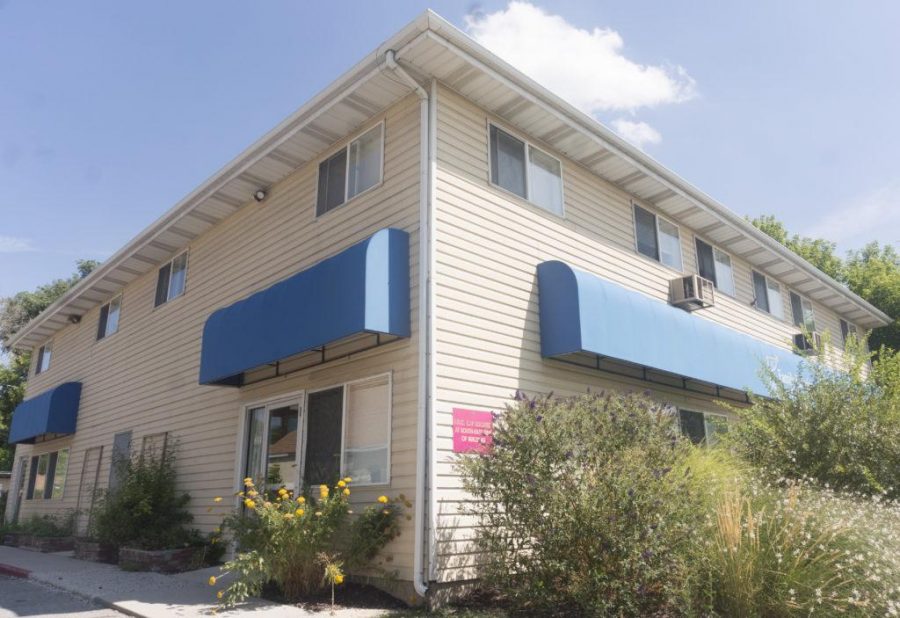Salt Lake County Mayor Ben McAdams received wide attention and praise when he revealed he spent three days and two nights posing as a homeless man in the Rio Grande downtown area earlier this year.
The mayor told The Salt Lake Tribune and Deseret News he wanted to see and experience homelessness firsthand. After spending a night on the sidewalk, he and another city employee were each able to reserve one of the few hundred heavily sought after beds at the Road Home. The people in line behind them, who were purportedly actually homeless and not undercover city officials, were turned away.
McAdams recalled meeting one 9-year-old girl with autism and being “troubled” that a child could be in such a poor and terrifying environment.But this touching encounter did not make headlines.
What made headlines, on the other hand, were accounts of drug use, fighting and nonstop fear for safety inside the Road Home shelter. The Tribune wrote, “Undercover mission gives him [McAdams] firsthand taste of the fear, drug abuse and chaos in SLC’s Rio Grande neighborhood.”
The Deseret News described the “blatant drug use [and] violence among ‘shocking’ conditions inside the Road Home.”
Even the New York Daily News offered coverage: “Utah mayor goes undercover as homeless man: ‘I didn’t feel safe,” reads the headline.
If it bleeds, it leads.
Rather than leading with a humanizing, empathy encouraging story like that of the 9-year-old girl, media outlets, like so many before them, focused on crime, drugs and danger. The narrative being pushed isn’t that individuals experiencing homelessness are vulnerable. It is that the homeless are a threat to the city’s safety.
This narrative goes along with recent city pushes to solve homelessness through criminalization. In October, the Salt Lake City Police Department launched “Operation Diversion,” and it began arresting homeless individuals for whatever the law would permit, be it public intoxication or outstanding warrants.
In May, the Salt Lake County Health Department used tractors to bulldoze homeless camps. One individual named K.C. said it tore him apart to see his only belongings being destroyed by the city.
“It ripped our heart[s] out,” he said. “We don’t have much.”
The city seems to think it can “fix” homelessness using handcuffs and bulldozers. These efforts are devoid of compassion and humanity. But perceiving the homeless with contempt and scorn is all too common.
Residents in Sugarhouse and Draper, in particular, have demonstrated just how much hatred the middle class can foster. At these meetings, residents literally described the homeless as vermin and parasites. One homeless man, in particular, was booed off the stage at a Draper town hall. And we wonder how generations before us were so hateful and cruel.
We are all guilty, it seems, of viewing the homeless not as people but as obstacles — not a population to support, but a problem to solve. Although the problem isn’t being solved, it is being dispersed and relocated, broken down into smaller, more spread out problems, which is exactly the case with the three new proposed shelters.
As The Road Home prepares for closure, Utah’s homeless population is as in-need as ever. The least we can give them is respectful and dignified news coverage.
letters@chronicle.utah.edu


